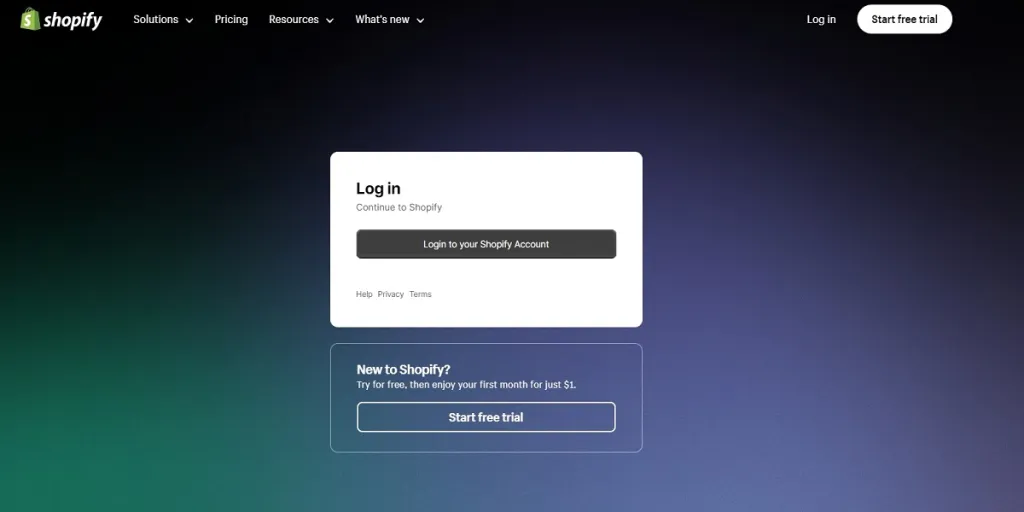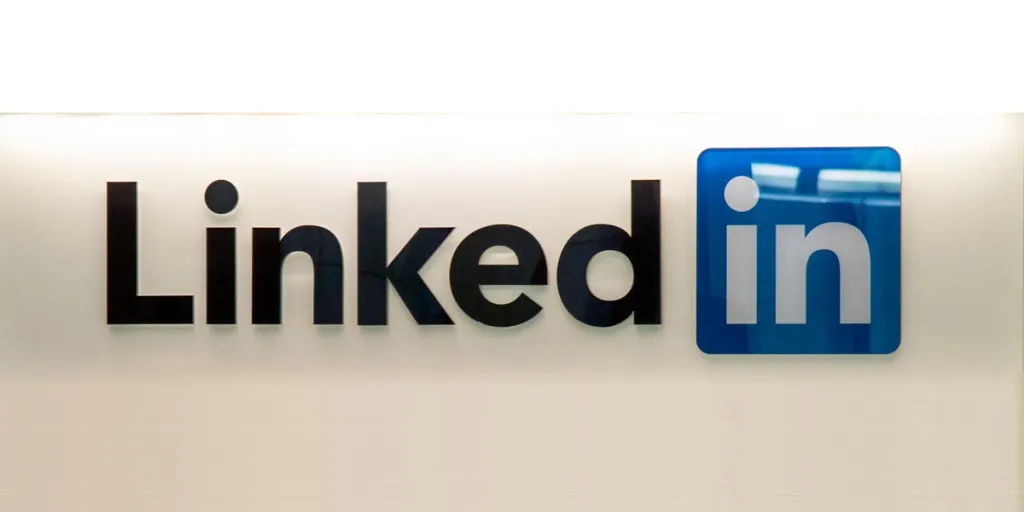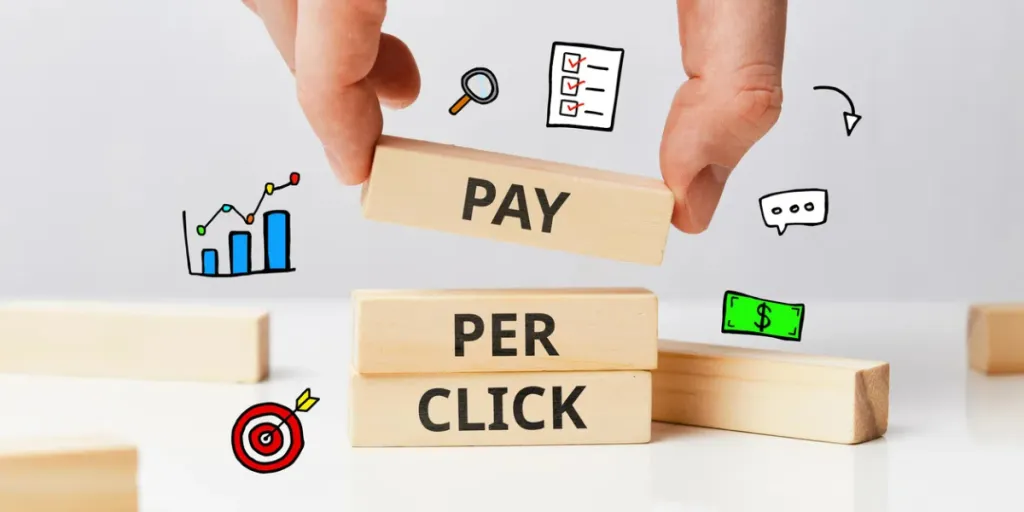In today’s digital age, marketing has evolved into a complex ecosystem where businesses strive to reach their target audience through various channels. Two significant approaches in marketing strategy are organic media and paid media. These two methods serve as the foundation of an effective marketing campaign, each offering unique advantages and challenges. In this comprehensive guide, we will delve deep into the differences between organic media and paid media in marketing, shedding light on their distinct characteristics, benefits, and potential drawbacks.
Understanding Organic Media
What Is Organic Media?
Organic media refers to the natural, non-paid methods of promoting content or products to an audience. It relies on unpaid, earned, or owned media channels to reach and engage with potential customers. Organic media is characterized by its ability to build trust and credibility with the audience, as it is perceived as unbiased and authentic.
Key Components of Organic Media
- Search Engine Optimization (SEO): SEO is at the core of organic media. It involves optimizing your website and content to rank higher in search engine results pages (SERPs) for relevant keywords. Organic search traffic is a crucial aspect of organic media, as it attracts users actively searching for information, products, or services related to your industry. Try https://www.semrush.com/ or https://ads.google.com/home/tools/keyword-planner/ for help finding relevant keywords.
- Content Marketing: High-quality content creation is an integral part of organic media. Blogs, articles, videos, and infographics are used to provide valuable information to your audience. When done effectively, content marketing can drive organic traffic, engage users, and establish your brand as an authority in your field.
- Social Media: Organic social media marketing involves building and nurturing your brand’s presence on social platforms like Facebook, Twitter, and Instagram. It focuses on creating valuable content that encourages engagement, shares, and interactions with your audience.
- Email Marketing: Email marketing is another organic media strategy that involves sending personalized emails to your subscribers. It’s an effective way to nurture leads, build relationships, and drive conversions over time.
Benefits of Organic Media
- Cost-Effective: One of the primary advantages of organic media is its cost-effectiveness. While it requires time and effort, the traffic generated through organic channels does not involve direct advertising expenses.
- Credibility and Trust: Organic media strategies help in building credibility and trust with your audience. When users find your content through search or recommendations, they perceive it as more reliable and unbiased.
- Sustainable Growth: Organic media results in sustainable, long-term growth. Over time, your content can continue to attract organic traffic, even without ongoing investments.
Unpacking Paid Media
What Is Paid Media?
Paid media, as the name suggests, involves spending money to promote content or products through various advertising channels. This includes paid search ads, display ads, social media ads, influencer partnerships, and more. Paid media is characterized by its ability to deliver immediate, targeted results.
Key Components of Paid Media
- Paid Search Advertising: Paid search advertising, such as Google Ads, allows you to bid on keywords to display your ads at the top of search engine results. This is a highly targeted way to reach users actively searching for specific products or services.
- Display Advertising: Display ads are visual advertisements that appear on websites, mobile apps, or social media platforms. They can be highly targeted based on user demographics, interests, and online behaviour.
- Social Media Advertising: Paid social media advertising involves promoting your content or products on social platforms through sponsored posts, stories, or video ads. Social media platforms offer sophisticated targeting options to reach your desired audience.
- Influencer Marketing: Influencer marketing is a form of paid media where you collaborate with influencers in your niche to promote your products or services to their engaged audience.
Benefits of Paid Media
- Immediate Results: Paid media provides quick results. You can start seeing traffic, leads, and conversions shortly after launching a paid campaign, making it ideal for time-sensitive promotions.
- Targeted Audience: Paid media allows you to precisely target your desired audience, ensuring that your content reaches those most likely to be interested in your offerings.
- Scalability: Paid media campaigns can be easily scaled up or down to meet your budget and marketing goals. This flexibility allows for efficient resource allocation.
Key Differences Between Organic and Paid Media
Cost
One of the most significant differences between organic and paid media is the cost involved. Organic media relies on unpaid or low-cost methods, whereas paid media involves a direct financial investment. Organic media can be more cost-effective in the long run, but it often requires a significant time commitment to see substantial results. Paid media, on the other hand, provides immediate results but comes with ongoing costs.
Time
Organic media strategies, such as SEO and content marketing, take time to produce results. It may take several months or even years to establish a strong organic presence and see significant traffic growth. In contrast, paid media campaigns can start delivering results almost instantly, making them ideal for short-term marketing goals.
Control
Paid media provides more control over your marketing efforts. You can precisely target your audience, adjust your budget, and track performance metrics in real-time. Organic media, while effective, relies on algorithms (e.g., search engine algorithms or social media algorithms) and user behaviour, which can be less predictable and controllable.
Credibility
Organic media often generates higher credibility and trust among users. When users find your content through organic search or social recommendations, they perceive it as more reliable and unbiased. Paid media, while effective at reaching audiences, may be viewed with scepticism due to its promotional nature.
Combining Organic and Paid Media
The Synergy of Organic and Paid Media
To maximize your marketing efforts, it’s often advisable to combine organic and paid media strategies. This approach leverages the strengths of both methods while mitigating their respective weaknesses. Here are some ways to combine organic and paid media effectively:
- Keyword Synergy: Identify high-performing organic keywords and use them in your paid search campaigns to reinforce your presence in search engine results.
- Content Promotion: Use paid social media advertising to amplify the reach of your top-performing organic content, ensuring it reaches a broader audience.
- Retargeting: Leverage retargeting campaigns to re-engage users who have previously interacted with your organic content or visited your website.
- Influencer Partnerships: Combine organic influencer partnerships with paid promotion to maximize the impact of influencer marketing campaigns.
Measuring Success
Metrics for Organic Media
When measuring the success of organic media efforts, focus on the following key metrics:
- Organic Traffic: Track the number of visitors coming to your website through organic search results or social media referrals.
- Keyword Rankings: Monitor your website’s ranking for target keywords in search engine results.
- Engagement Metrics: Analyse user engagement metrics such as click-through rates, bounce rates, and time spent on page to assess content performance.
- Metrics for Paid Media: When evaluating the effectiveness of paid media campaigns, pay attention to the following metrics:
- Click-Through Rate (CTR): Measure the percentage of users who click on your paid ads after viewing them.
- Conversion Rate: Track the rate at which users who clicked on your ads completed a desired action, such as making a purchase or signing up for a newsletter.
- Return on Investment (ROI): Calculate the ROI by comparing the revenue generated from paid media campaigns to the total advertising costs.
In the ever-evolving landscape of digital marketing, understanding the differences between organic and paid media is crucial for building a successful strategy. Both approaches have their strengths and weaknesses, and the most effective marketing campaigns often incorporate elements of both. By leveraging the unique advantages of organic media’s credibility and paid media’s immediacy, businesses can create well-rounded marketing strategies that drive growth and engagement.
Remember that the choice between organic and paid media should align with your specific goals, budget, and timeline. Whether you’re seeking long-term sustainability through organic efforts or rapid results with paid campaigns, a thoughtful and strategic approach to both will lead to marketing success in the digital age.
Source from burstdgtl
Disclaimer: The information set forth above is provided by burstdgtl.com independently of Alibaba.com. Alibaba.com makes no representation and warranties as to the quality and reliability of the seller and products.








